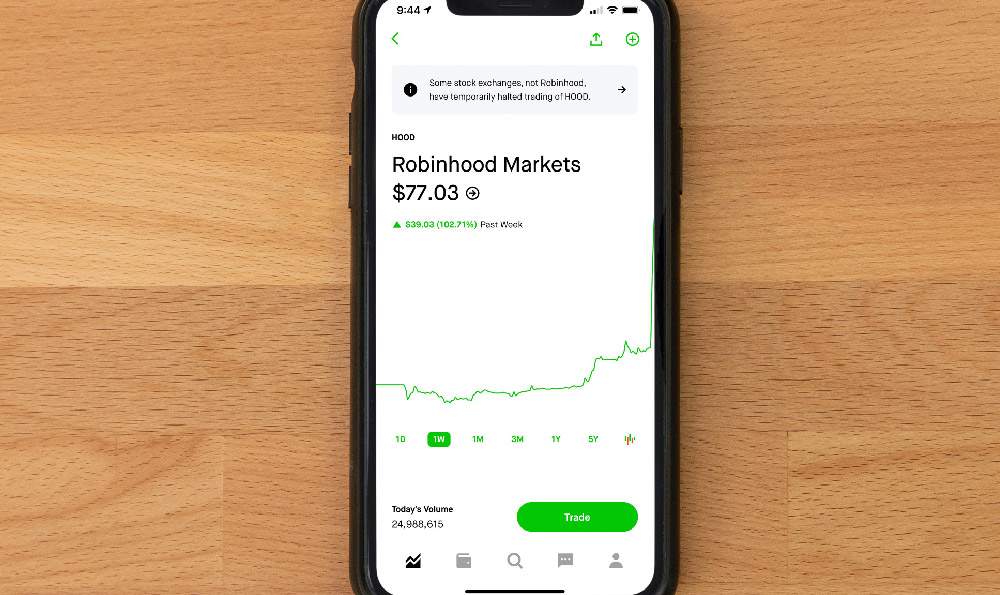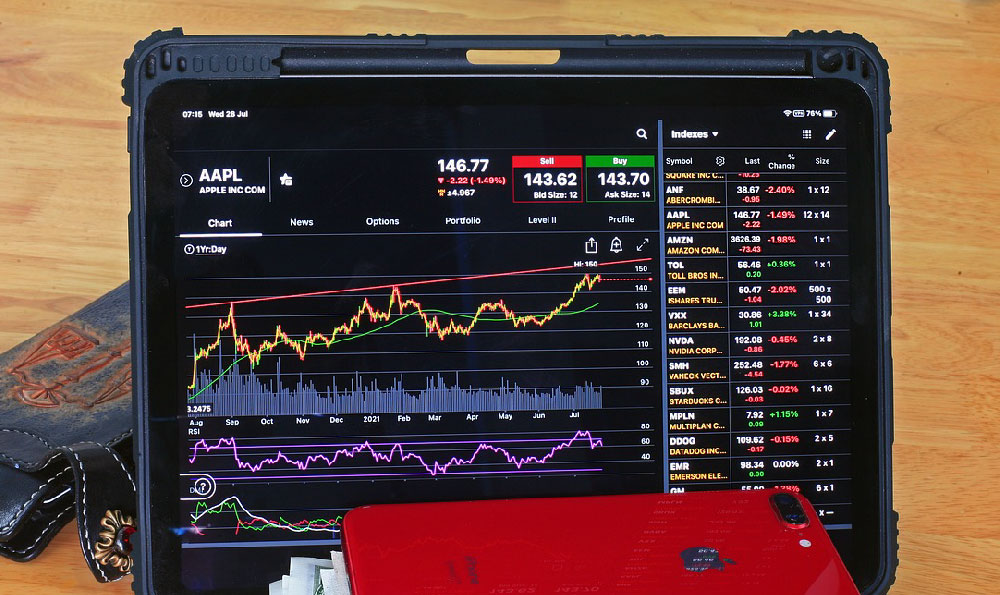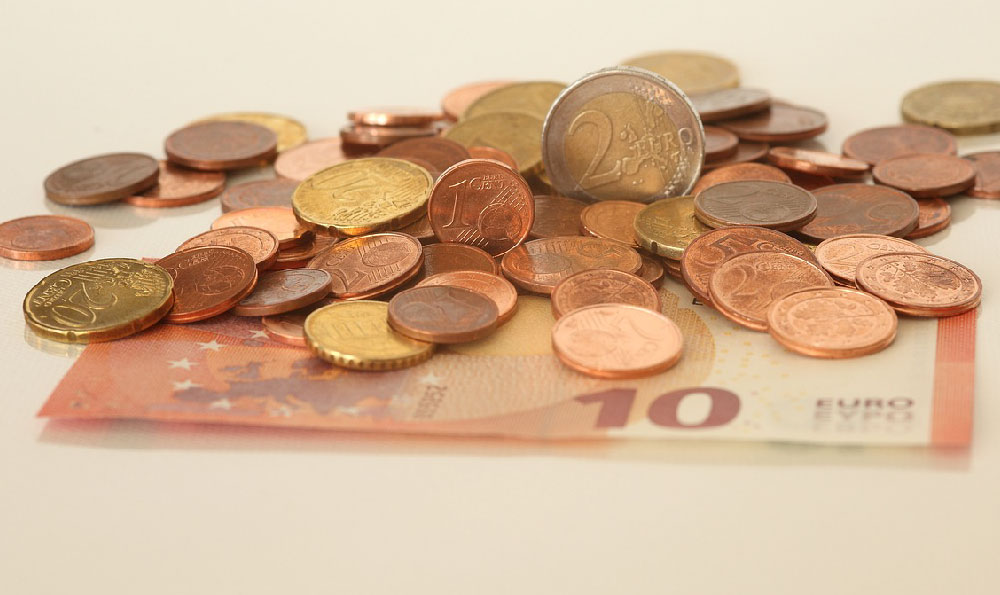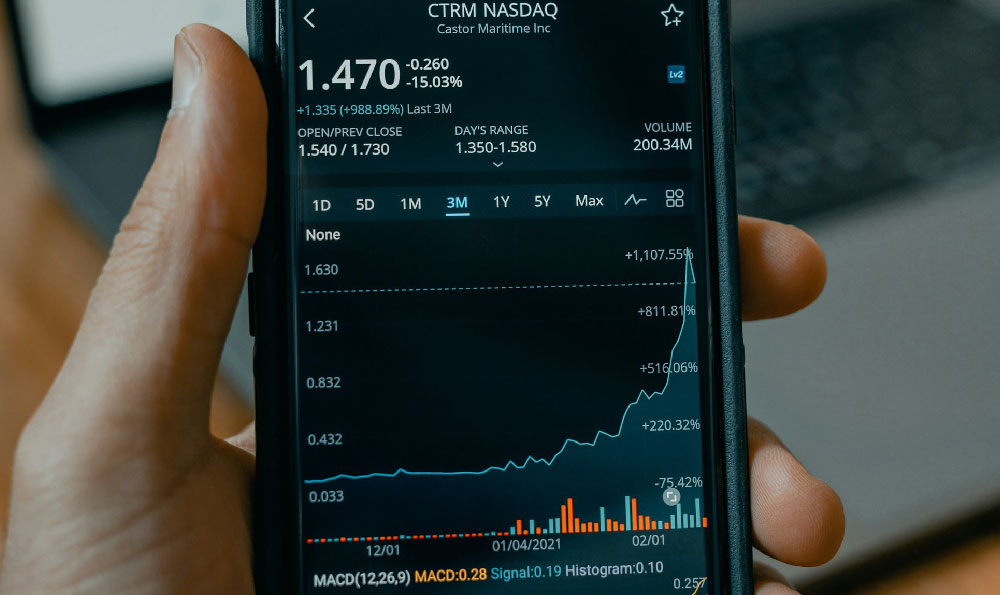How Much Can You Earn Driving for Uber? What Factors Influence Your Uber Driver Income?
Driving for Uber can seem like an attractive way to earn extra income, offering flexibility and the opportunity to be your own boss. However, understanding the true potential earnings and the multitude of factors that influence them is crucial before diving in. While Uber advertises potential earnings, the reality is often far more complex and depends on a combination of individual choices, external conditions, and market dynamics. Let's delve into the factors shaping an Uber driver's income and explore realistic earning potential.
The most immediate and apparent factor is location. Urban areas with high demand for rides, especially during peak hours, generally offer higher earning opportunities. Cities with bustling nightlife, major events, or significant tourist activity tend to generate more ride requests. Conversely, drivers in smaller towns or rural areas will likely experience lower demand and therefore, lower earnings. Some cities may also have higher per-mile or per-minute rates, directly impacting revenue.
Next, consider the timing of your driving schedule. Peak hours, such as weekday mornings during the commute rush, evenings, and weekends, usually offer higher fares and surge pricing. Surge pricing occurs when demand exceeds the available supply of drivers, resulting in increased fares for riders, and thus, higher earnings for drivers. Smart drivers analyze demand patterns and adjust their schedules accordingly, focusing on times when surge pricing is most prevalent. Driving during off-peak hours, while perhaps less stressful, will typically result in significantly lower income.

Another key element is the type of vehicle you drive. Uber offers different service levels, such as UberX, UberXL, Uber Black, and Uber Comfort. Driving a larger vehicle that qualifies for UberXL, which caters to groups, or a luxury vehicle eligible for Uber Black, often translates to higher fares per ride. However, it's crucial to weigh this against the increased fuel costs, maintenance expenses, and potential higher insurance premiums associated with larger or more expensive vehicles. Choosing the right vehicle for the market and the demand is vital.
Furthermore, your acceptance rate and completion rate significantly impact your eligibility for bonuses and promotions. Uber incentivizes drivers to accept a high percentage of ride requests and to complete the rides they accept. Lower acceptance rates might result in fewer opportunities for bonus earnings and could even lead to account deactivation. Maintaining a consistently high acceptance and completion rate demonstrates reliability and dedication, making you a more attractive driver in Uber's system.
Beyond these factors, individual driving habits also play a critical role. Driving efficiently to minimize fuel consumption, maintaining a clean and well-maintained vehicle to attract positive reviews, and providing excellent customer service to earn tips are all within your control. A comfortable and pleasant experience for riders can lead to higher ratings and increased tipping, directly impacting your income. Cultivating a friendly and professional demeanor is paramount.
Now, let's address the often-overlooked expenses associated with driving for Uber. Fuel costs are a significant expense, particularly with fluctuating gas prices. Vehicle maintenance, including oil changes, tire rotations, and repairs, is another unavoidable cost. Depreciation of your vehicle's value due to increased mileage is a factor to consider. Additionally, insurance premiums might be higher for drivers using their vehicles for commercial purposes. Finally, taxes are a crucial consideration, as you'll be responsible for paying self-employment taxes on your earnings. Accurately tracking all expenses is essential for calculating your net profit.
To gain a realistic understanding of potential earnings, let's consider some hypothetical scenarios. A driver in a large city like New York, driving during peak hours in an UberX vehicle, might earn $25-$40 per hour before expenses. After deducting fuel, maintenance, depreciation, and taxes, the net income might fall to $15-$25 per hour. In contrast, a driver in a smaller town, driving during off-peak hours, might earn only $10-$15 per hour before expenses, potentially resulting in a very low net income after accounting for all costs.
It's important to leverage available resources to maximize your earnings. Uber provides data and analytics within its driver app, showing peak demand areas and times. Utilize these insights to plan your driving schedule strategically. Consider joining online driver communities and forums to share tips and strategies with other drivers. Stay informed about changes to Uber's policies and promotions to capitalize on any opportunities for increased earnings.
The "gig economy" allure of Uber driving often overshadows the realities of income variability and associated expenses. Success as an Uber driver hinges on understanding market dynamics, strategic scheduling, efficient driving practices, and diligent expense tracking. While the flexibility and autonomy are appealing, it's essential to approach Uber driving with realistic expectations and a sound financial plan. Before dedicating significant time and resources to Uber driving, carefully assess your local market conditions, vehicle suitability, and personal financial goals to determine if it truly aligns with your aspirations. By meticulously analyzing all the factors involved and adopting a proactive approach, you can significantly influence your Uber driver income and achieve a degree of financial success. Remember, knowledge and strategic planning are your greatest assets in navigating the complexities of the ride-sharing landscape.















